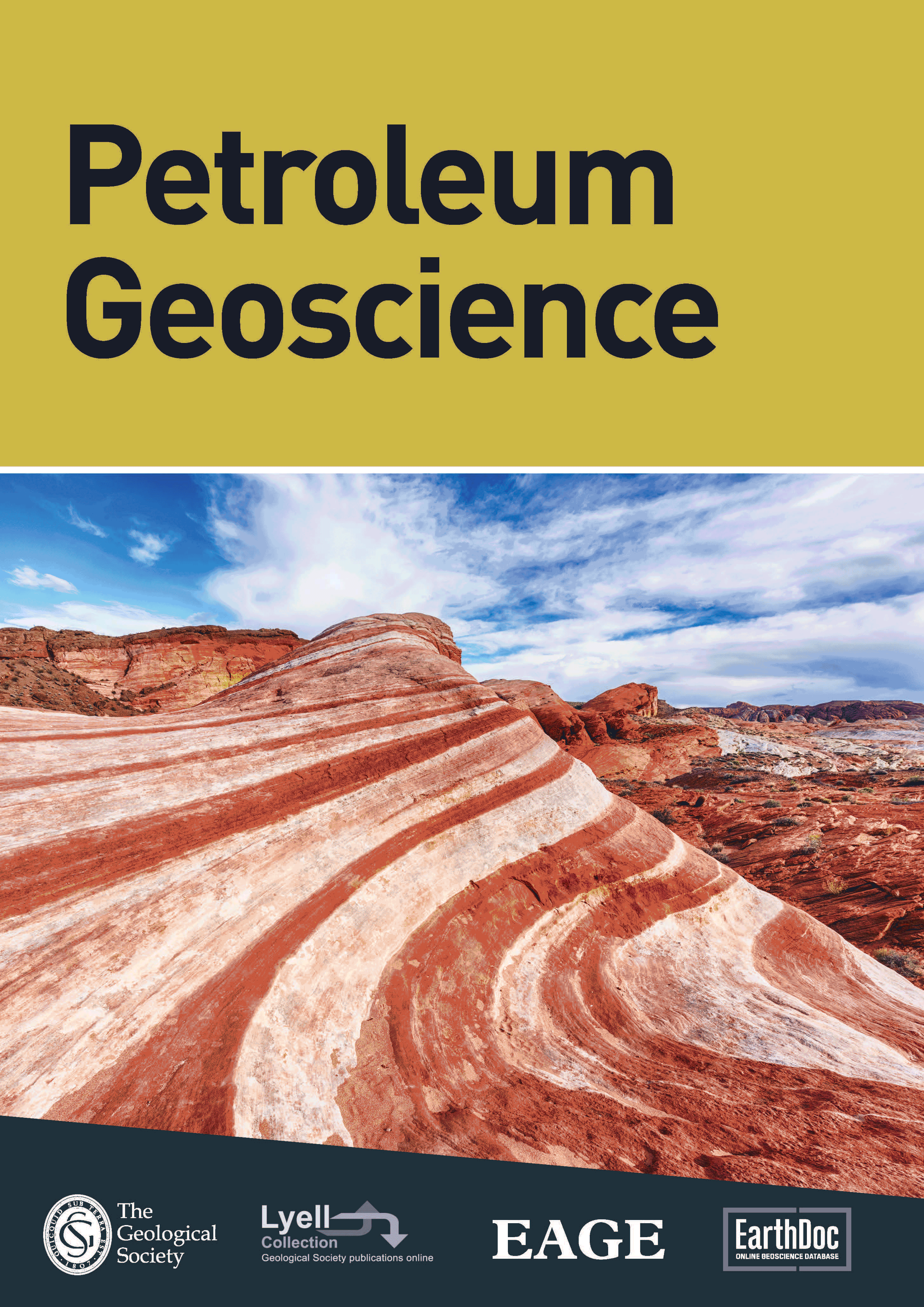
Full text loading...
 , María González3
, María González3 , Filipe Borges2
, Filipe Borges2 , Alexandre Maul2
, Alexandre Maul2 , Webster U. Mohriak1
, Webster U. Mohriak1
Seismic velocity models have significant importance in subsurface studies, notably when applied in structurally challenging areas. In some parts of the Campos Basin, offshore Brazil, the pre-salt reservoir's overburden shows complex structures, mainly due to raft tectonism that positions laterally, resulting in interspersed salt domes, carbonate rafts and siliciclastic sediments. This work used an extensive well database in the Marlim Complex to analyse the raft seismic velocities and their related impacts on pre-salt reservoir models. Based on well data, in combination with detailed seismic interpretation, seven alternative velocity scenarios were proposed for the rafts. The geological motivations for each scenario are discussed with the aim of developing constrained depth models for pre-salt reservoirs. The depth forecast results could be tested by drilled wells, and the resulting models are quantitatively compared in terms of depth predictions and gross-rock volumes. The results show that the topography of the target pre-salt reservoirs can vary considerably, even in scenarios where well and geological constraints are considered. This can impact pre-salt geological characterization and field development.

Article metrics loading...

Full text loading...
References


Data & Media loading...

